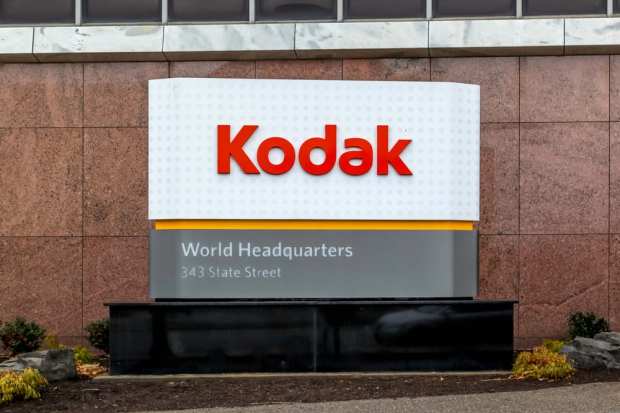SEC Probes Timing Of Eastman Kodak’s Announcement Of $765M Loan

Eastman Kodak’s surprise announcement of plans to reinvent itself as a drug manufacturer has run afoul of the U.S. Securities and Exchange Commission (SEC), a new report finds.
The SEC is in the early stages of a probe into the timing of Kodak’s announcement that it had landed a $765 million federal loan to retrofit its factories into drug-making plants, The Wall Street Journal reports.
In particular, the SEC is interested in how Kodak controlled the release of information about the loan, which was picked up and reported on July 27, the day before the official announcement, by TV stations in the company’s hometown of Rochester.
News of the big federal loan to Kodak, whose business model suddenly became obsolete with the rise of digital photography, sent shares of the erstwhile camera and filmmaking company soaring by 25 percent.
Sen. Elizabeth Warren (D-Massachusetts) has called for the SEC to probe purchases of company stock by Kodak directors in the run-up to the deal and its announcement.
The day before the announcement, Kodak granted options on 1.75 million shares – worth roughly $16 million – to Kodak Executive Chairman Jim Continenza, according to the Journal.
However, a Kodak spokesperson told the WSJ that the grant was intended to protect Continenza’s holdings from dilution. Continenza was the company’s largest individual shareholder as of March, with a 5.8 percent share.
Kodak reportedly sent out a press advisory on July 27 touting the upcoming loan agreement to various news organizations, only to later scramble to try and rescind it. According to the Journal, the press release did not have an embargo date, which is traditionally the method used by public relations professionals to prevent the publication of information before a certain date.
The news was quickly published by TV stations in Rochester, Kodak’s hometown, spreading from there.
A Kodak spokesperson told the Journal that the company’s public relations crew had not intended “for the news to be published by the outlet in question.”
